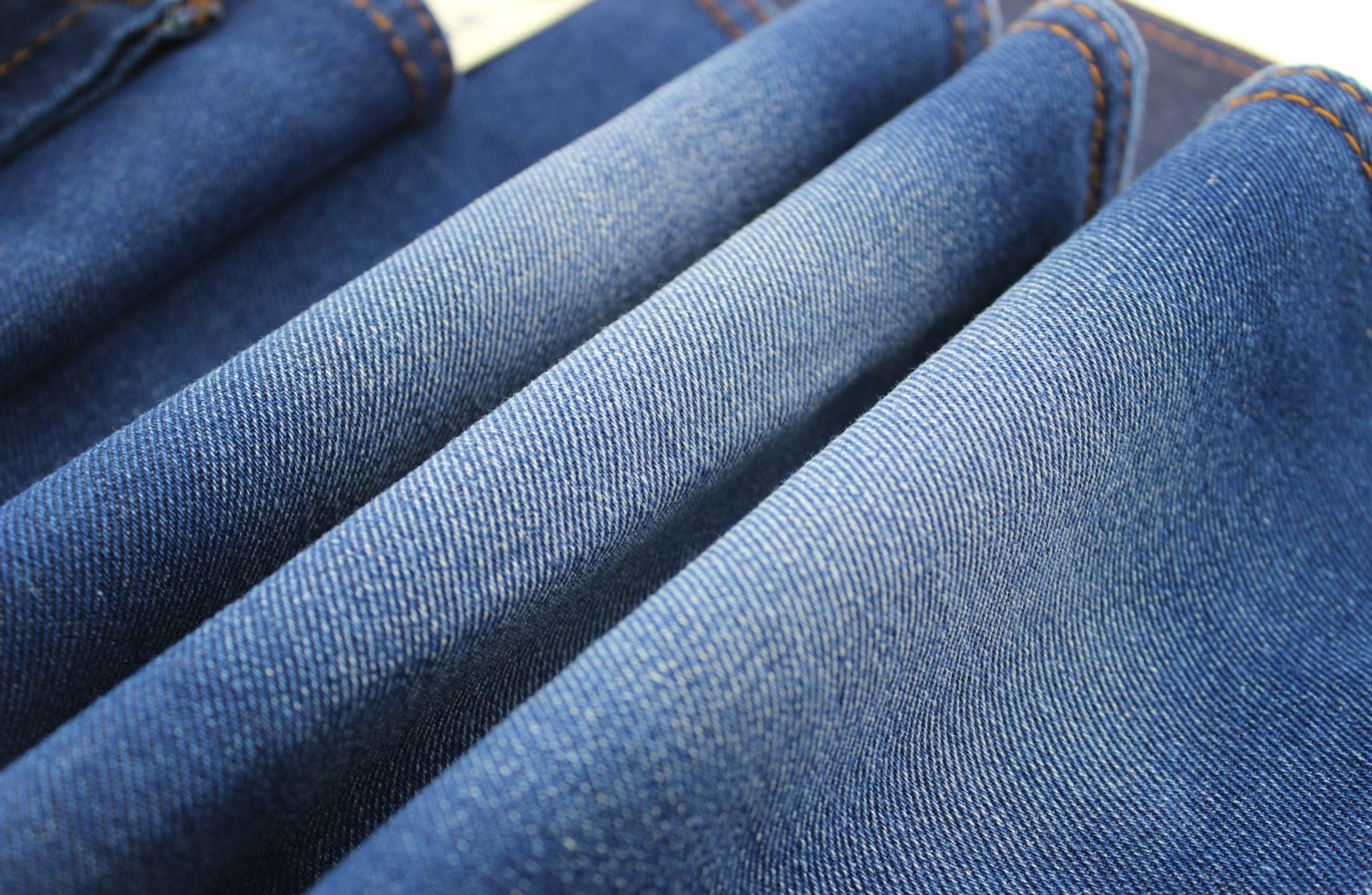How to deal with defects in printed and dyed fabrics
1 skirt pleats
The wrinkles are parallel, and the head and tail are uniform.
The wrinkles in the middle are very big, and both ends are very sharp. At the junction of pleats and planes, the tail of the yarn changing shuttle is similar to the pleats of the skirt.
The fabric containing chemical fiber will generally show skirt wrinkles, which is difficult to find on the original fabric. Only after printing and dyeing can it be presented.
The primary reason is:
(1) The properties of chemical fibers in textile mills are different, the high temperature twisting temperature is different, and the weft shrinkage is different; (2) The number or twist of weft yarn used is different.
Solution: recast the original fabric and produce it.
2 Joint fold
Wrinkles are connected with seams, and one or more seams have different lengths. Some are at one end of the seam, and some are at both ends of the seam.
The main reason is the poor joint of the width feeder. The suture head is not straight, firm, with uniform margin and uniform suture.
Solution: select the sewing method for zero-degree cloth treatment.
3 Printing and dyeing wrinkles
Generally, the number of stripes on the printed and dyed fabric is not large, which are usually straight or diagonal, with different lengths, lengths and widths. The wrinkles that occur before or during printing and dyeing are very different from the general wrinkles, and the wrinkles that occur during flat washing after printing and dyeing are relatively small.
Primary reason:
(1) Original wrinkles of prepress semi-finished products;
(2) In the process of printing and dyeing, the mechanical tension adjustment is not good, and the parallelism between the guide roller and the drying cylinder is not well controlled.

III. Poor preparation and cleaning.
Solution: make up for production.
4 Mercerizing wrinkles
Light, straight or oblique fine lines in the middle after printing and dyeing
The primary reason is:
The guide roller of mercerizing machine is uneven or contaminated by yarn head and alkali scale.
(2) Improper tension adjustment of mercerizing machine;
(3) When the direct steam pipe of DEALKALI evaporator turns over, the fabric will wrinkle.
Solution: make up for production.
5 fingerprints
The exposed part of the printed and dyed fabric is different from the normal color of the fabric. Generally speaking, there are irregular light color files or stripes on both sides of the fold or cloth.
The primary reason is:
Some printing and dyeing semi-finished products are used for reactive dyes and disperse dyes. The effect of alkali on the fabric or the recovery gas in the air will affect the fixation of the fabric and the dye, and fade in the exposed part. Reactive dyes can be easily printed by wind.
Solution: make up for production.
Hexachromatic aberration
There is no shadow in the middle of the edge or left and right of the printed and dyed cloth.
The primary reason is:
The pressure at both ends of the printing roller or the printing and dyeing fluid is inconsistent.
(2) During pre-baking or hot-melt baking, the temperature and air volume in the middle and both sides of the cloth are inconsistent, resulting in the difference between the left and right sides of the cloth; (3) Under the same processing conditions, the transfer performance of color matching dyes is not consistent, resulting in changes in shade or color.
Solution: color modification
7. Light and deep edge (color difference of middle edge)
The marginal color is darker or lighter than the general fabric.
The primary reason is:
(1) When dyeing, the edge of the rolled cloth is uneven;
(2) When dyeing, the fabric bends to form a shallow edge;
Thick marginal tissue and more liquid content lead to deep margin.
Solution: color matching to prevent color difference cutting.
Along the meridian direction of the fabric surface, there are banded or rain-like defects with wide width, irregular shape and different depth. Spaghetti, gray and dyed pasta. The position of the billet head and tail remains unchanged, but the color on both sides of the weld is similar. The dyed stripes pass through the seam, and the depth of both sides is different.
The primary reason is:
(1) Dyeing stripes are formed due to poor uniformity of raw materials and uneven texture of dyed rough fibers.
(2) There is a gap in the selected wool flame, resulting in burning of wool stripes; (3) During mercerizing, alkali and alkali are removed unevenly, and the cloth surface absorbs color unevenly, forming a color band.
(4) The wind at the tuyere is uneven, and regular stripes are always formed.
(5) After drying, the migration of dye makes the stripes sharp and uneven.
The article originated from denim millhttp://www.in-it.com.cn
-
10-15
Knitted denim factory: weaving process of knitted denim
Weaving technology of knitted jeansThe application of knitted jeans in life can be said to be many, and the advantages of knitted jeans are also many, so it has been widely used in the clothing indust
-
07-08
The knitting denim factory introduces the washing methods and types
1. General washing means general washing. It's just to change the washing we know about everyday to mechanization. The water temperature is about 60 ° - 90 ° C, and a certain amount of detergent
-
04-08
Characteristics of coated denim
Coated denim refers to a kind of post-processing product of denim, which is evenly coated with macromolecular compounds that can form a film on the surface of denim to change the appearance, style or
-
03-04
The reason why elastic jeans have elasticity
Now we all love beauty and attach importance to the maintenance of body shape. Many people will choose some elastic clothes to highlight the curve when they have attractive body shape. Elastic jeans h
